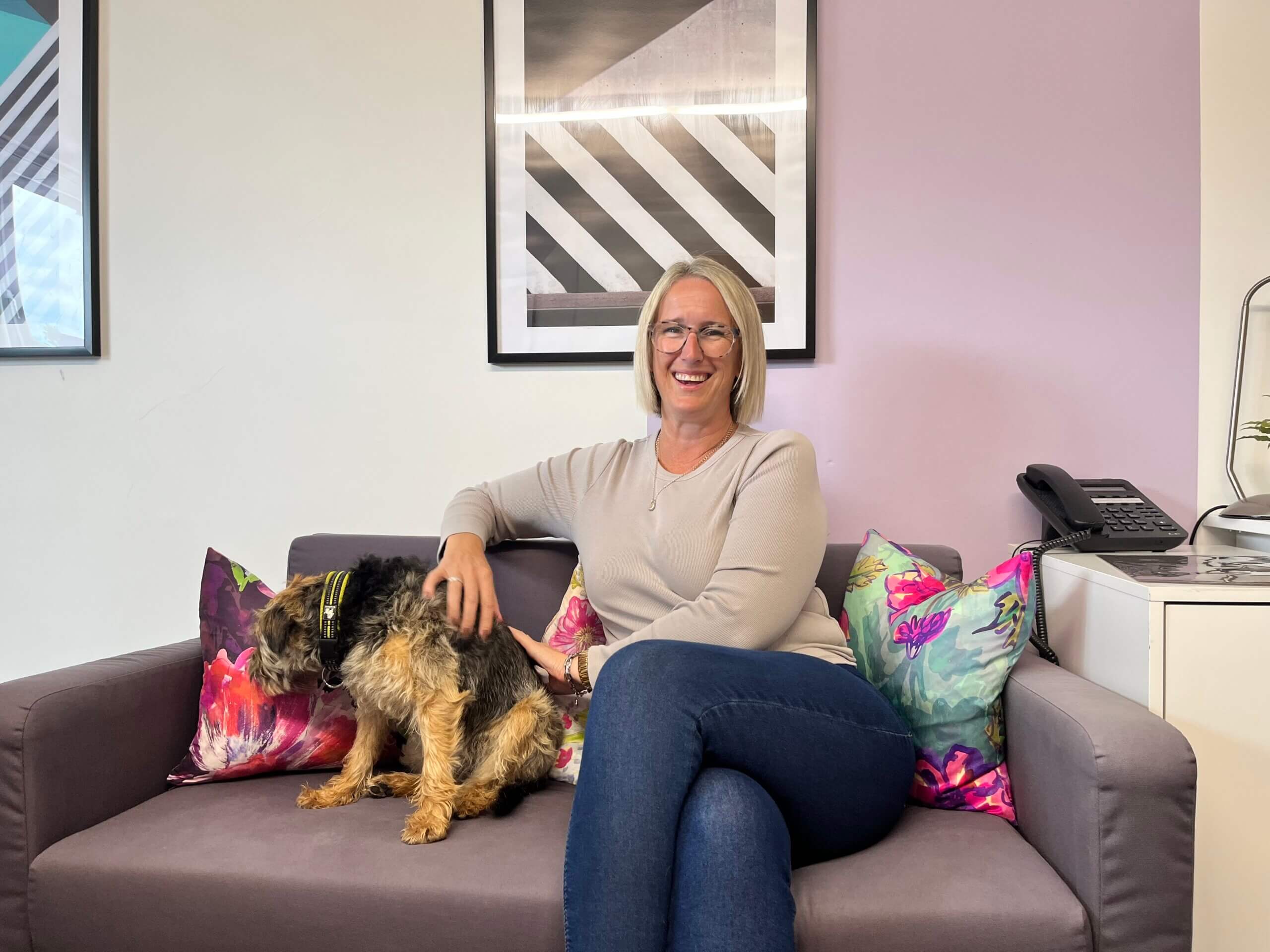So, you’ve been sent the design concept that your agency or freelance designer has been working on and your initial reaction isn’t quite as you’d hoped. Don’t fret, all will be ok!
When it comes to design, despite best efforts, and well thought out briefs, creatives don’t always get it right first time. As creative media is naturally a subjective medium, different people will often have opposing views and opinions on the same piece of work. Sometimes it may simply be down to a misunderstanding or misinterpretation of what was initially requested. Or equally too, it can just sometimes be hard to articulate your vision, and easier to harness once a concept is created. The reason version control is often in place is to ensure that the approved final design is a result of more in-depth conversation and a series of amendments to get the deliverable just right.
Despite all of this, it isn’t to say that we don’t sometimes nail the design first time! We often do 😊.
Here are our top tips for helping your design agency or freelance designer during the design process:
1. Be clear in your initial request and in feedback
Make it very clear what you are envisioning from the design, be as detailed as you can in the brief and provide examples of design and styling you like to make your thoughts clear. If you have a vision in your head, draw out a quick sketch, it doesn’t have to be a masterpiece by any means, but a general guide of what you are after will really help.
If you are completely unsure and need a large level of guidance from a designer, that is absolutely fine, just make sure you do give any pointers or thoughts at the start to help with the design process of your campaign aims, or even just business objectives. Also advise during the design process if the designer is going in the right direction. They will not be offended if it’s not working for you, it is all part of the job and they would much rather know at an earlier stage.
2. Consider your copy
If you are providing the designer with large amounts of new or alternative copy (text), pop this into a Word document and name it clearly relating to each section. This makes life much easier than trying to find individual pieces of text within emails.
3. Provide the right resolution and file type
When working on a document for print, your designer will need images that are as high-resolution as possible. This is especially important if you are requiring the image to be made larger than its original size. Despite this not being as much of an issue when it comes to digital designs, high quality images are always preferable.
If your designer requests a logo, if possible, provide them with an EPS or AI file. Even if you are unable to open these files on your computer, your agency/designer will be able to access these. This format will allow them to scale the logo to whatever size required without losing quality. If you do not have these send whatever formats you do have to allow the designer to find the most suitable option. Generally speaking, JPEG will be used for print and PNG will be used for web.
4. Make use of helpful editing software
If the artwork has been provided to you as a PDF, mark up any amendments using Adobe Acrobat. This program will allow you to add comments and highlight particular areas direct onto the PDF, making it clear and obvious to the designer the area you are referring to.
5. Use a spreadsheet
If you are working on a large project, a spreadsheet will almost certainly make life significantly easier. Your design agency/freelancer should be happy to create this in order to help with organisation and clarity. Ideal sections to include are: The page/area being referenced, the amendment, whose action it is, a column for additional notes, as well as the status, to indicate if the amendment has yet to be started, is in progress or has been completed.
And finally, a good reminder is to read back your comments / requests before sending them and sense check if it’s clear and unambiguous. Our MD likes to do the ‘ask my 80 year old mum test’ – if she can understand it, we’re winning!



